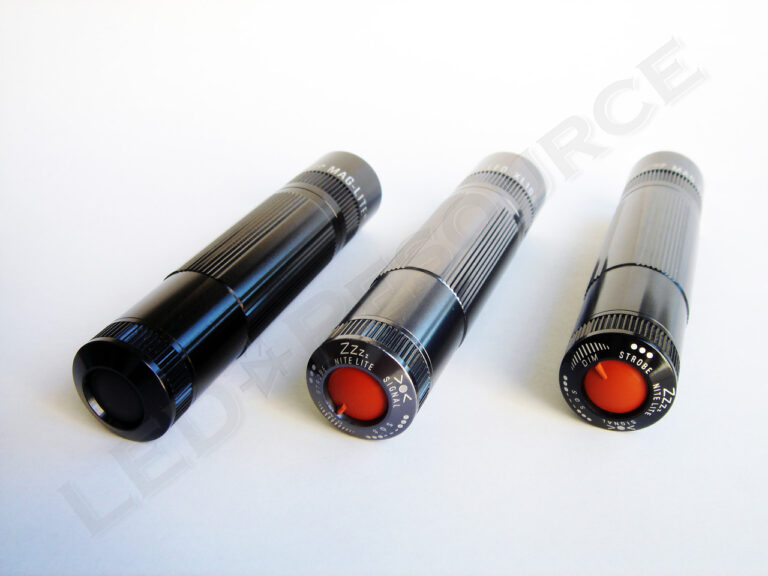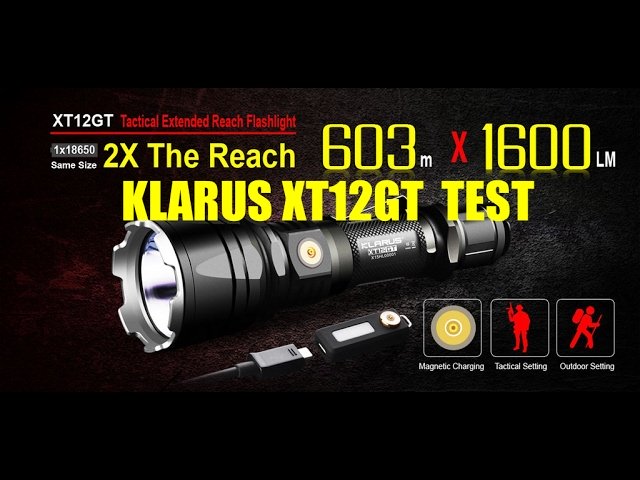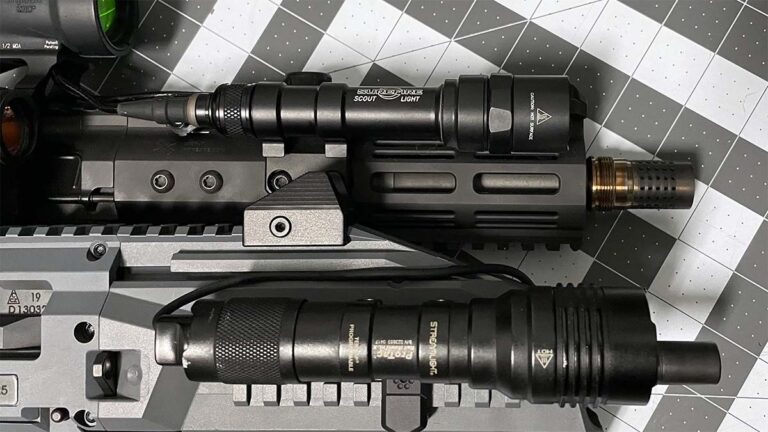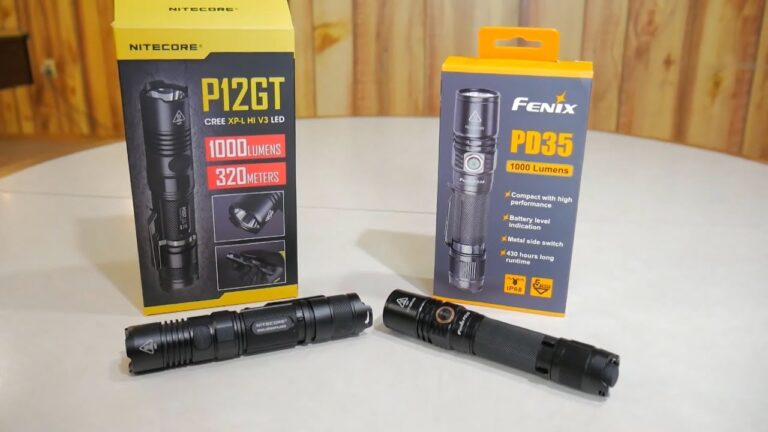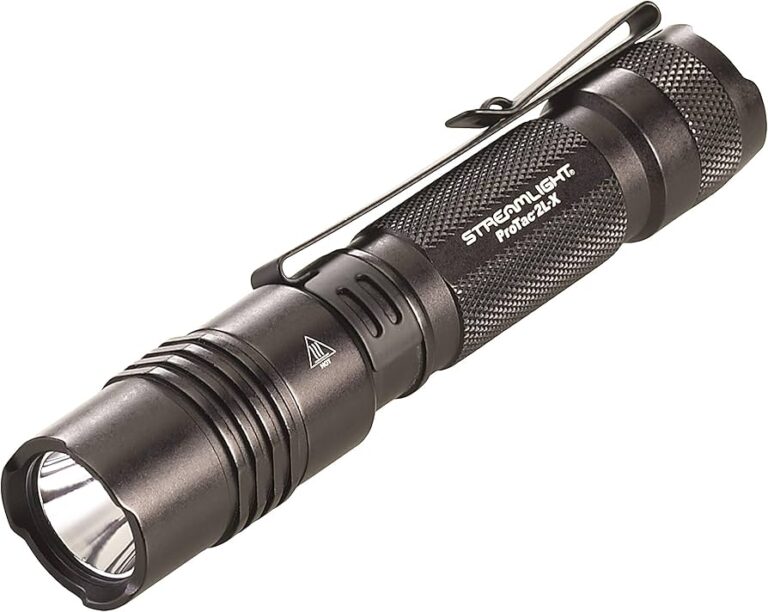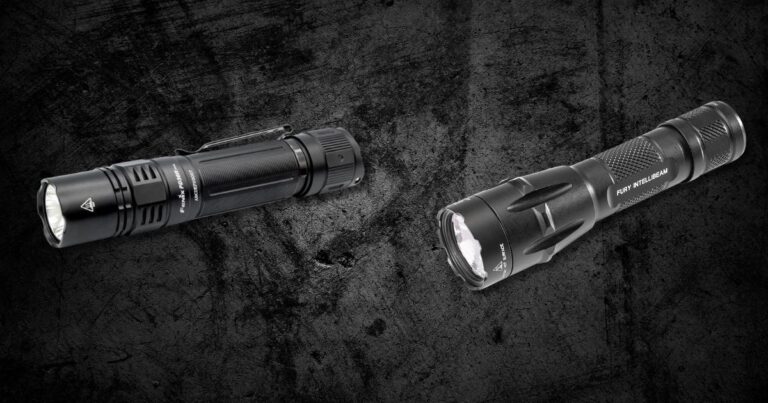Flashlight Flood vs Throw Explained: The Key Differences
In the world of flashlights, understanding the differences between flood and throw beams is essential for choosing the right tool for your needs. Flood beams are designed to illuminate a wide area, making them ideal for tasks that require ambient light, such as camping or home use.
On the other hand, throw beams focus light into a narrow, intense beam that can reach great distances, perfect for activities like hunting or search and rescue. This article will explore the characteristics, advantages, and practical applications of both flood and throw flashlights, helping you make an informed decision based on your specific lighting requirements.
Table of Contents
- Understanding Flashlight Beam Patterns
- Characteristics of Flood Beams
- Characteristics of Throw Beams
- Comparison of Flood vs. Throw Beams
- Popular Flashlight Models for Flood and Throw
- Advanced Features in Modern Flashlights
- Practical Applications: When to Use Each Type
- Maintenance and Care for Flashlights
- FAQ Section
- Conclusion
Understanding Flashlight Beam Patterns
Flashlight beam patterns can be classified primarily into two categories: flood and throw. Understanding the differences between these two types of beams is crucial for selecting the appropriate flashlight for specific tasks.
What is a Flood Beam?
A flood beam is characterized by its wide-angle illumination that spreads light over a large area. This type of beam is particularly useful for tasks that require ambient light, such as camping, working in small spaces, or outdoor activities where broad visibility is needed.
What is a Throw Beam?
In contrast, a throw beam is designed to focus light into a narrow beam that can travel long distances effectively. This is ideal for search and rescue operations, hunting, or any situation where spotting distant objects is necessary.
Throw beams are often associated with high candela ratings, which indicate their intensity at a specific point.
Key Measurement Terms
To better understand flashlight performance, two key measurements are essential: lumens and candela.
| Measurement | Description |
|---|---|
| Lumens | The total amount of visible light emitted by a source. Higher lumens indicate a brighter light output. |
| Candela | A measure of luminous intensity, indicating how much light is emitted in a specific direction. Higher candela ratings mean a more focused beam. |
The relationship between lumens and candela is important; while lumens measure overall light output, candela reflects how concentrated that light is in a specific direction.
Characteristics of Flood Beams
Flood beams are designed to provide broad, even illumination, making them suitable for various applications. Below are some of the defining characteristics of flood beams.
Wide Area Illumination
Flood beams excel in illuminating a large area. They are particularly beneficial in scenarios where ambient light is required, such as during camping trips or in emergency situations when visibility of the surroundings is critical.
Beam Quality and Color Temperature
The quality of the flood beam can vary based on the LED used and the optics employed. High-quality flood beams produce uniform light distribution and are often rated for their color temperature, which affects how natural the colors appear under the beam.
Usage Scenarios
Flood beams are ideal for:
- Camping and outdoor activities
- Emergency preparedness
- Home use, such as searching for items in dark spaces
| Flashlight Model | Lumens | Beam Distance (m) | Battery Type |
|---|---|---|---|
| Mateminco FW3S | 2650 | 616 | 1 x 21700 |
| Sofirn IF23 | 4000 | 60 | Rechargeable |
| Olight Baton 3 | 1200 | 60 | Rechargeable |
The table above compares popular flood beam flashlights, highlighting their lumens, beam distances, and battery types. As seen, flood flashlights generally provide powerful illumination suitable for various outdoor and home applications.
Characteristics of Throw Beams
Throw beams are designed for long-distance illumination, making them ideal for specific applications that require focused light. Below are defining characteristics of throw beams.
Focused Light Output
Throw beams utilize optics that concentrate light into a narrow beam, allowing it to travel great distances. This is achieved through the use of specialized reflectors or lenses that focus the emitted light.
Long-Distance Illumination
The primary advantage of throw beams is their ability to illuminate objects at significant distances. This is particularly useful in search and rescue scenarios, hunting, and outdoor exploration.
Common Use Cases
Throw beams are commonly used in:
- Search and rescue operations
- Hunting
- Law enforcement and security
| Flashlight Model | Lumens | Beam Distance (m) | Battery Type |
|---|---|---|---|
| Weltool W4 Pro | 2500 | 3394 | 1 x 21700 |
| Maxtoch Xsword L2Kd | 2700 | 3476 | 2 x 21700 |
| Nitecore P35i | 3000 | 500 | Rechargeable |
This table illustrates the capabilities of popular throw beam flashlights, emphasizing their lumens, beam distances, and battery configurations. The differences in performance highlight the specialized nature of throw flashlights compared to their flood counterparts.
Comparison of Flood vs. Throw Beams
When selecting between flood and throw beams, it’s vital to understand their respective strengths and weaknesses.
Performance Metrics
Flood beams generally produce higher lumens but with less candela, making them ideal for close-range tasks and ambient illumination. Throw beams, while producing fewer lumens, have much higher candela ratings and are designed for long-distance visibility.
Practical Use Cases
Flood beams shine in scenarios needing wide-area illumination, such as during outdoor activities or in emergencies. Conversely, throw beams are suited for applications requiring focused light at longer distances, like hunting or search and rescue.
Choosing the Right Beam for Your Needs
Your choice between flood and throw beams should depend on your specific requirements:
- If you need broad illumination for tasks like camping or home repairs, opt for a flood flashlight.
- For activities involving long-range visibility, such as hunting or search operations, a throw flashlight is the better choice.
| Feature | Flood Beams | Throw Beams |
|---|---|---|
| Lumens | High | Moderate |
| Candela | Low | High |
| Beam Distance | Short | Long |
This table summarizes the key differences between flood and throw beams, highlighting their respective strengths and weaknesses. By understanding these metrics, you can make an informed decision based on your specific needs.
Popular Flashlight Models for Flood and Throw
When considering specific models of flood and throw flashlights, there are several standout options that have been well-reviewed for their performance and features.
Best Flood Flashlights
Some of the best flood flashlights on the market include:
- Mateminco FW3S: 2650 lumens, 616m beam distance, 1 x 21700 battery.
- Sofirn IF23: 4000 lumens, 60m beam distance, rechargeable.
- Olight Baton 3: 1200 lumens, 60m beam distance, rechargeable.
Best Throw Flashlights
The top throw flashlights include:
- Weltool W4 Pro: 2500 lumens, 3394m beam distance, 1 x 21700 battery.
- Maxtoch Xsword L2Kd: 2700 lumens, 3476m beam distance, 2 x 21700 battery.
- Nitecore P35i: 3000 lumens, 500m beam distance, rechargeable.
Hybrid Models
Some models combine flood and throw capabilities effectively:
- Acebeam Terminator M2: Combines flood and spot features, excellent for EDC.
- Mateminco FW3S: Offers both flood and throw modes.
| Flashlight Model | Type | Lumens | Beam Distance (m) |
|---|---|---|---|
| Mateminco FW3S | Flood | 2650 | 616 |
| Weltool W4 Pro | Throw | 2500 | 3394 |
| Acebeam Terminator M2 | Hybrid | 2000 | 600 |
This comparison highlights some of the leading flashlight models in both flood and throw categories, emphasizing their lumens and beam distances. Selecting the right model can significantly enhance your experience in various scenarios.
Advanced Features in Modern Flashlights
Modern flashlights come equipped with various advanced features that enhance their usability and effectiveness. These features are worth considering when selecting the right flashlight for your needs.
Adjustable Focus Mechanisms
Many flashlights now offer adjustable focus mechanisms, allowing users to switch between flood and throw modes effectively. This feature can be particularly beneficial for those needing versatility in different environments.
Rechargeable vs. Disposable Batteries
Choosing between rechargeable and disposable batteries impacts the convenience and cost-effectiveness of flashlight use. Rechargeable flashlights tend to save money in the long run, while disposable batteries are more readily available for emergencies.
Additional Features to Consider
When selecting a flashlight, consider features such as:
- Waterproof ratings (IPX levels)
- Battery life and charging options
- Durability and material quality
| Feature | Description |
|---|---|
| Waterproof Rating | Indicates the flashlight’s ability to resist water ingress, essential for outdoor use. |
| Battery Life | Refers to how long the flashlight can operate before needing to recharge or replace batteries. |
| Durability | Material quality affects the flashlight’s performance and longevity in harsh conditions. |
This table summarizes some of the advanced features to consider when purchasing a flashlight. Understanding these aspects can help users select a flashlight that meets their specific needs and preferences.
Practical Applications: When to Use Each Type
Different scenarios call for different types of flashlight beams. Knowing when to use a flood or throw flashlight can greatly enhance your experience and effectiveness in various situations.
Outdoor Activities
For camping, hiking, or outdoor exploration, flood flashlights are ideal as they provide broad illumination for visibility and safety. On the other hand, throw flashlights are better suited for spotting distant objects or navigating in darker terrains.
Emergency Situations
In emergencies, flood beams can help illuminate areas for safety and navigation, while throw beams can be utilized for signaling or searching for distant help or targets.
Everyday Carry (EDC) Considerations
For EDC flashlights, having a versatile light capable of both flood and throw functionalities can be incredibly useful. These flashlights can be adapted to different tasks, whether it’s reading a map or spotting a distant object.
| Activity | Recommended Beam Type |
|---|---|
| Camping | Flood |
| Search and Rescue | Throw |
| Everyday Carry | Hybrid |
This table outlines various activities along with the recommended beam type for each. Understanding these practical applications can significantly enhance your flashlight experience.
Maintenance and Care for Flashlights
Proper maintenance can extend the lifespan and performance of both flood and throw flashlights. Here are key maintenance tips to consider.
Battery Care
For rechargeable flashlights, always ensure that the battery is fully charged before use. For disposable batteries, regularly check for corrosion and replace them promptly to prevent damage.
Cleaning and Storage
Keep the exterior clean and free from dirt and debris. Store flashlights in a cool, dry place, and consider using a protective case for transport.
Troubleshooting Common Issues
If your flashlight is not functioning, check the battery contacts for corrosion and ensure the batteries are properly installed. If the LED is dim, consider replacing the batteries or checking for obstructions in the lens.
| Maintenance Task | Description |
|---|---|
| Battery Check | Inspect batteries for corrosion and ensure they are charged or replaced as necessary. |
| Cleaning | Regularly clean the lens and body to maintain optimal performance. |
| Storage | Store in a cool, dry place and use cases for protection during transport. |
This table summarizes essential maintenance tasks for flashlights. Following these guidelines can prolong the life and performance of your flashlight.
FAQ Section
Q1: What is the main difference between flood and throw flashlights?
The primary difference lies in their beam patterns: flood flashlights provide wide-area illumination, making them suitable for tasks requiring ambient light, while throw flashlights focus light into a narrow, intense beam designed for long-distance visibility.
Q2: When should I use a flood flashlight?
Flood flashlights are ideal for general tasks like camping, home repairs, or any situation requiring broad visibility. They are great for illuminating wide areas and ensuring safety in outdoor settings.
Q3: What are the best scenarios for using a throw flashlight?
Throw flashlights excel in scenarios where long-distance visibility is crucial, such as search and rescue missions, hunting, or any activity requiring spotting distant objects or targets.
Q4: Can I use a throw flashlight for close-range tasks?
While throw flashlights can illuminate close-range areas, they are not optimized for such tasks. Their narrow beam may result in glare or excessive brightness for nearby objects, making flood flashlights a better option for close-range use.
Q5: How do I choose the right flashlight for my needs?
Consider your specific tasks and environments. For broad illumination, choose a flood flashlight; for long-range visibility, opt for a throw flashlight.
Assess additional features like battery type, size, and weight based on your preferences and usage scenarios.
Conclusion
In conclusion, understanding the differences between flood and throw flashlights is crucial for selecting the right tool for various lighting needs. Whether you require a broad beam for close-range visibility or a focused beam for long-distance illumination, knowing the characteristics and applications of each type will help you make an informed choice.
With advancements in flashlight technology, users now have a wider selection of features and options than ever before, ensuring there’s a perfect flashlight for every purpose.


